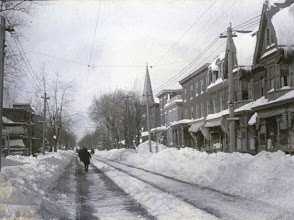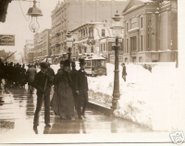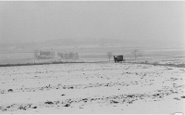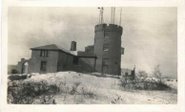Winter '11 / '12 - Sunspots and The North Atlantic Oscillation
From 'Bits of Science'...
"Recent Nature Geoscience publication shows correlation between sunspot cycle and the AO and NAO index. This in turn influences northern hemisphere temperature distribution. Current NASA observations meanwhile show the 2008-2010 sunspot minimum has come to an end – shown NASA forecast predicts new peak around the year 2013."
"Judging by solar activity a pattern of consecutive cold winters [2008-2009, 2009-2010 & 2010-2011] has come to an end. High pressure blockades (over the North Atlantic, Scotland or Scandinavia) are therefore unlikely to prevail and for Western Europe there could even be another episode of some 5 or 6 years of mild and rainy winters ahead.
"The theory is quite straightforward – and has been known to climatologists for many years: during the winter months solar activity influences air pressure patterns over the Arctic and lower northern hemisphere latitudes.
"In this the number of sunspots is key. When there are few, northern hemisphere westerlies are weaker – and cold air is capable of escaping from the Arctic towards for instance the USA and Europe."More here.







































